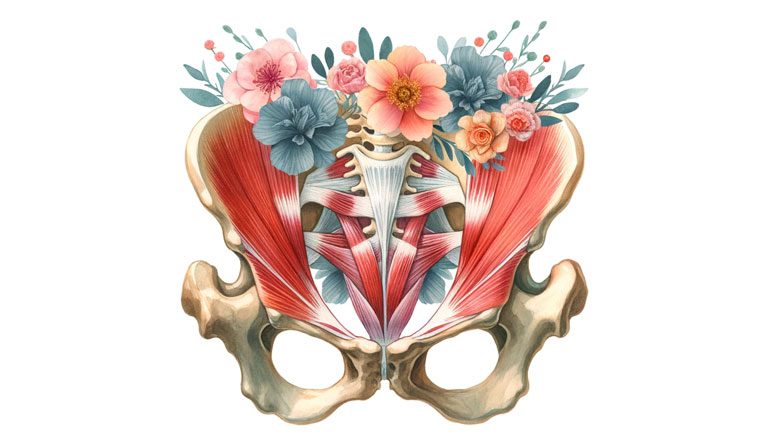Welcome to the hidden world of vestibulodynia – a condition often overshadowed by its more vocal pelvic pain cousins. But fear not, for we’re about to embark on a journey of discovery together. In this blog, we’ll explore the causes, symptoms, diagnosis, and treatment options for vestibulodynia, aiming to provide clarity and support for those affected by this condition.
What is Vestibulodynia?
Picture this: a persistent, nagging pain that seems to have taken residence in the most intimate part of your body – the vestibule. This is vestibulodynia, a condition characterized by chronic discomfort localized to the vestibule, the area surrounding the entrance of the vagina. It’s like having a perpetual itch you just can’t scratch, only worse.
Causes of Vestibulodynia:
Ah, the age-old question: what causes vestibulodynia? While we don’t have all the answers, there are a few suspects in the lineup:
-
Pelvic floor dysfunction: Think of it as tension in the pelvic muscles, throwing everything out of whack.
-
Nerve hypersensitivity: Your nerves might be playing tricks on you, amplifying pain signals where they shouldn’t.
-
Hormonal imbalances: Blame it on the hormones – they love stirring up trouble in the most unexpected places.
-
Genetic predisposition: Sometimes, our genes have a mind of their own, predisposing us to certain conditions.
-
Psychological factors: Stress, anxiety, past traumas – they all love crashing the party and making things more complicated.
How do you know if you might have vestibulodynia? Here are a few telltale signs to look out for:
-
Persistent pain in the vestibule – it’s like having a pesky guest who refuses to leave.
-
Burning, stinging, or raw sensation, especially when anything comes near your vestibule.
-
Discomfort during tampon insertion or gynecological exams.
-
Tenderness or sensitivity in the vulvar area – it’s like your vestibule has become a diva demanding special treatment.
-
Avoidance of sexual activity or discomfort during intimacy – sorry, intimacy, not tonight, I’ve got a headache… and a vestibule that’s acting up.
Diagnosis and Treatment:
Now that we’ve identified the culprit, how do we kick it to the curb? Here are a few strategies to consider:
-
Pelvic floor physical therapy: Relaxation exercises and manual therapy can help relax those pelvic muscles.
-
Topical treatments: Anesthesia, corticosteroids, estrogen creams – whatever it takes to calm the storm in your vestibule.
-
Psychological support: Sometimes, a little therapy can go a long way in dealing with the emotional stress and reducing pain.
-
Medications: Tricyclic antidepressants and anticonvulsants can calm the nerves.
-
Lifestyle modifications: Some irritants like perfumed products and tight clothing can worsen symptoms.
Conclusion:
Vestibulodynia may be a challenging companion, but remember, you’re not alone in this journey. Seek guidance from a healthcare provider specializing in pelvic pain, and together, we’ll navigate the twists and turns towards healing and relief. Your vestibule may be a mystery, but with the right support and treatment, we’re confident in unlocking its secrets and reclaiming your pelvic health.





